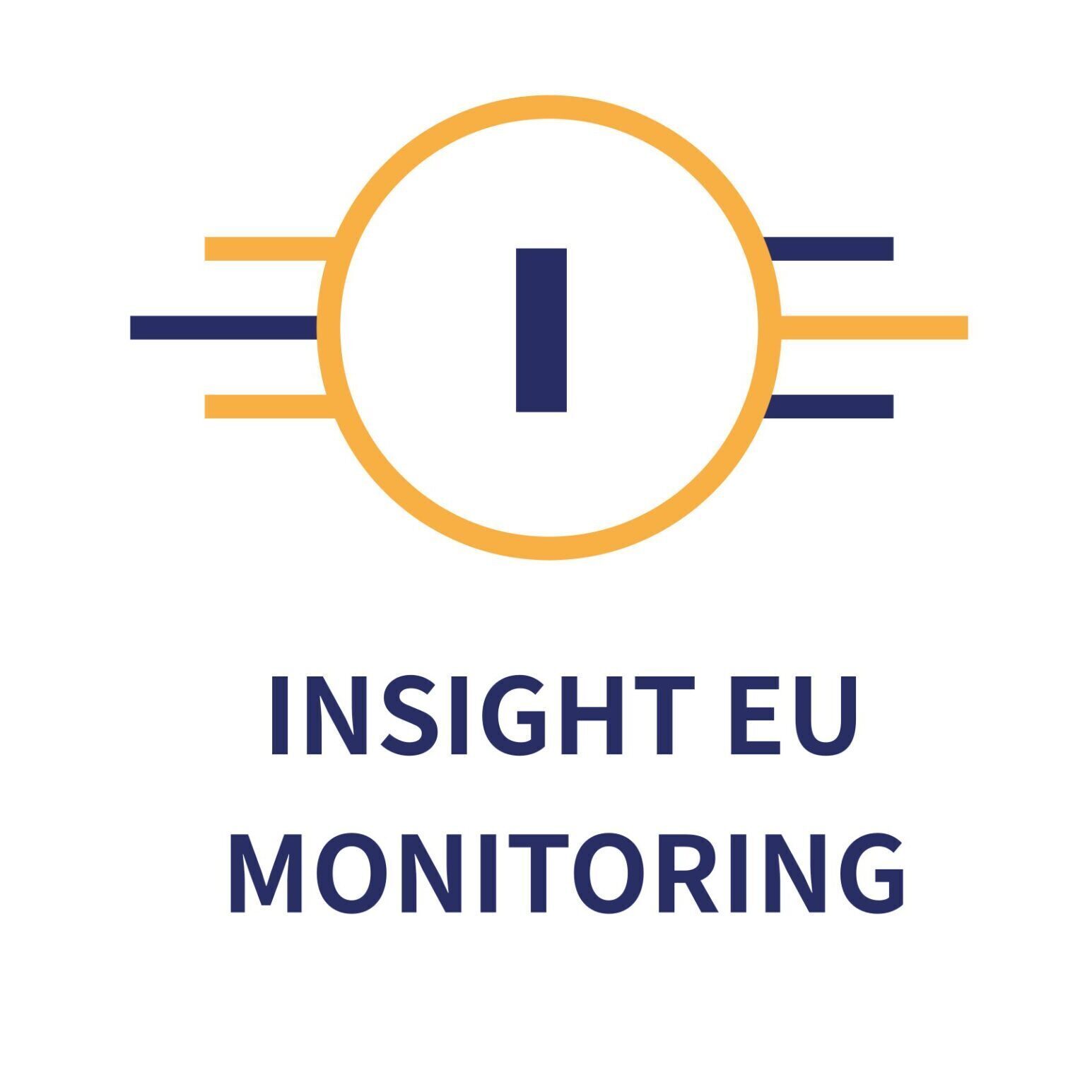Brussels, 7 April 2025
Executive summary
Europe faces a grave security threat. Gaps in European military equipment are substantial compared to Russia’s military build-up. The European defence market is fragmented and weakened by home bias in procurement, low order numbers and technological gaps. These problems reflect the combination of past reliance on the United States and Europe’s nationally-based defence governance. With the US now retreating from its role of European guardian, greater cooperation is essential to close technological gaps and reduce rearmament costs. Unless procurement is pooled and fragmentation reduced, additional demand for defence goods will mainly drive up prices. Better-integrated defence markets would both increase competition and facilitate entry of new defence technology firms. The combination of integrated markets and scaled-up procurement could lead to a halving of unit costs.
European Union measures including the European Defence Fund, the Act in Support of Ammunition Production, the European Defence Industry Reinforcement through Common Procurement Act and ReArm Europe represent progress towards strengthening the supply of military goods but the incentives offered are too small to address the home bias in procurement or to coordinate the provision of ‘strategic enablers’ such as military satellites. To go further, the EU and its European allies have two options.
First, the role of the European Defence Agency could be broadened, possibly in combination with a new lending instrument similar to the EU’s 2020-22 SURE programme.
Second, a European Defence Mechanism (EDM) could be created: an institution similar to the European Stability Mechanism, based on an intergovernmental treaty. The EDM would undertake joint procurement and plan for the provision of strategic enablers in specified areas, with a capacity to fund these roles. It could own strategic enablers and charge usage fees to EDM members, reducing the budgetary impact of rearmament. EDM membership would entail prohibition of both state aid and procurement preferences that benefit national defence contractors at the expense of contractors from other EDM members.
Of the two options, the second is preferable, as it would (1) create a defence industry single market among EDM members, (2) create a financing vehicle that might make large-scale projects fiscally feasible, and (3) include non-EU democracies such as the United Kingdom on an equal footing, while also giving an opt-out to EU countries that lack the political appetite for more defence integration, or that have national constitutional constraints.
1 Introduction
Europe faces a grave security threat, created by Russia’s aggression in Ukraine and exacerbated by changes in US policy on Ukraine and European defence since the January 2025 inauguration of President Trump1 . Europe’s leaders understand this and have started to react2 . Of 28 European NATO members, 20 spent more than 2 percent of GDP on defence in 2024 – a median rise by about 0.6 percent of GDP in just two years. As the extent of the shift in US policy on Europe and Ukraine has become clear, there has been a flurry of defence-related announcements and activity, including Prime Minister Tusk’s plea at the start of Poland’s Council Presidency in January 2025 to ramp up European defence capabilities3 , President Macron’s and Prime Minister Starmer’s efforts to assemble a ‘coalition of the willing’ to provide security for Ukraine, the European Commission’s publication of a ReArm Europe Plan and a constitutional change in Germany that would eliminate any borrowing limit for defence under the leadership of the likely next Chancellor Friedrich Merz. Heavyweight, EU-commissioned strategic reports have also called for the strengthening of European resilience (Niinistö, 2024), deeper defence market integration (Letta, 2024) and investments in defence (Draghi, 2024).
This paper assesses whether these efforts have been adequate and if not, how additional efforts can be made to improve the governance and financing of European rearmament. We focus on solutions that are both fiscally feasible and do not assume a leap in European defence integration along the lines of the European Defence Community (EDC), an agreement signed but not ratified in the 1950s4 ,5 .
Section 2 presents Europe’s basic challenge: to undertake large-scale, accelerated rearmament in the face of an overstretched and nationally fragmented European defence industry. Meeting this challenge requires pooling defence procurement and creating a single market for defence. Section 3 then presents a brief economic analysis of the obstacles to greater European cooperation on rearmament and the creation of ‘strategic enablers’ that would benefit many countries. Section 4 summarises recent EU-level efforts to increase defence capacity and discusses the extent to which they address the underlying problems identified in Section 3.
Finally, Section 5 presents two options: an incremental approach involving an expansion of the role of current cooperation structures, particularly the European Defence Agency and Permanent Structured Cooperation (PESCO), and a transformational approach that would involve a new intergovernmental institution, the European Defence Mechanism (EDM), with a cooperation mandate and a lending capacity. Both options could include non-EU European allies such as the UK, Norway and potentially Switzerland, either through cooperation on a project basis (EDA, PESCO) or as members (EDM).
While both options would be an improvement, we argue for the second. A new institution based on intergovernmental treaty stands a much better chance than an expansion or modification of existing EU agencies and cooperation structures of buffering the fiscal impact of rearmament and creating legally binding commitments – particularly to create a defence single market.
Read the full Policy Brief
Source – Bruegel
